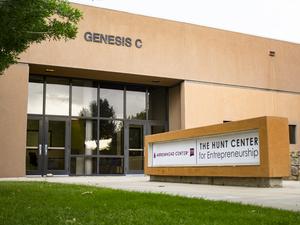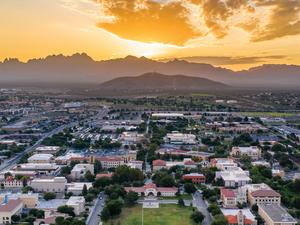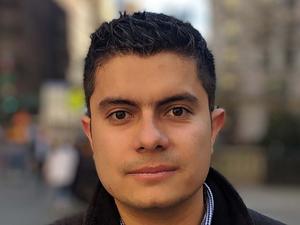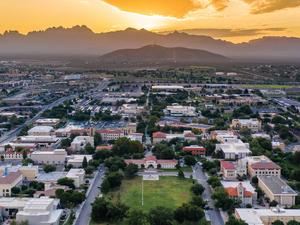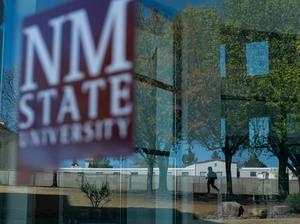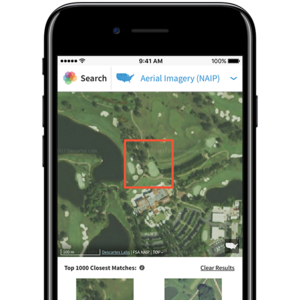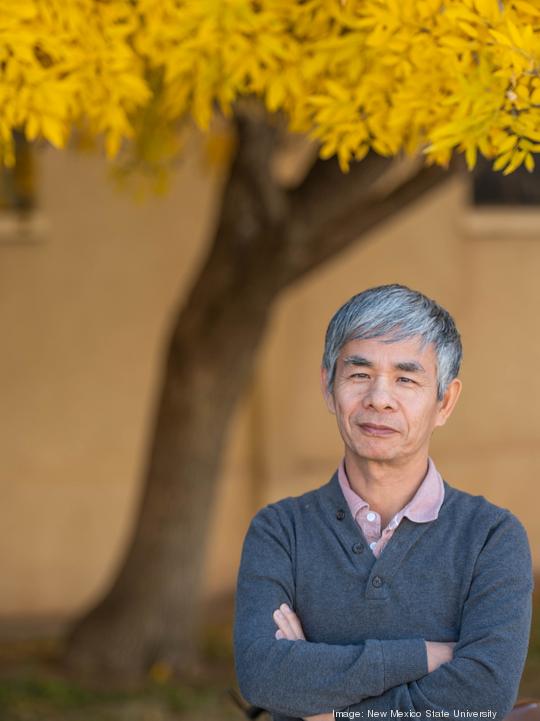
A New Mexico State University professor has teamed with a professor on the east coast to research how artificial intelligence could make nuclear reactors safer.
Son Tran, Ph.D., is a professor of computer science at New Mexico State University. He and Nam Dinh, Ph.D., a professor in North Carolina State University's Department of Nuclear Engineering, are part of a project that's researching how artificial intelligence can diagnose and predict possible faults in nuclear power plants.
The project, called "Trustworthiness of Digital-Twin-based Automation Technology in Nuclear Power Plant Operation," is backed by a three-year, $500,000 grant from the U.S. Nuclear Regulatory Commission. Tran and Dinh are the co-principal investigators on the project.
Tran's contribution to the research is a form of symbolic representation using AI, he told Albuquerque Business First.
That is, the artificial intelligence system Tran and students at NMSU are researching would learn how nuclear reactors behave in different scenarios and make recommendations based on data generated from those scenarios.
"If you know the behavior of a system and you know that something has happened, you can predict what is going to happen and you can identify what action you can take in order to mitigate the problem presented," Tran said.
But he doesn't envision the AI system contributing to automated responses or independent decisions. Rather, Tran wants to use the system to inform nuclear reactor operators about what precautionary steps to take.
That's because, as Tran explained, safety regulations are the most difficult part of deploying the technology he and Dinh are researching. It's a lot more complicated to regulate a fully autonomous AI system than it is to regulate one that is used to inform human action, Tran said.
"When I talk to people, everybody is excited," Tran said. "Yet the regulation part, everybody is scared."
"It used to be that you needed years to get approval for a model of afrom the part of can we get it approved or not? This is the main question."
Although the grant money would fund the project for three years, Tran said that full deployment of the AI safety system could take between five to 10 years. The first step is to develop a prototype to show off to nuclear power plants, and begin to refine it, Tran said.
Tran has worked at New Mexico State University for 21 years, he said. He settled at the Las Cruces institution because he wanted to stay in the region after studying for his doctorate at the University of Texas El Paso.
"I can see that what I'm doing has more practical applications than I'm used to," Tran said. "If nuclear power is something that our country wants to go to, then such a resource is very important. If I don't do it, then somebody else would have to do it."
